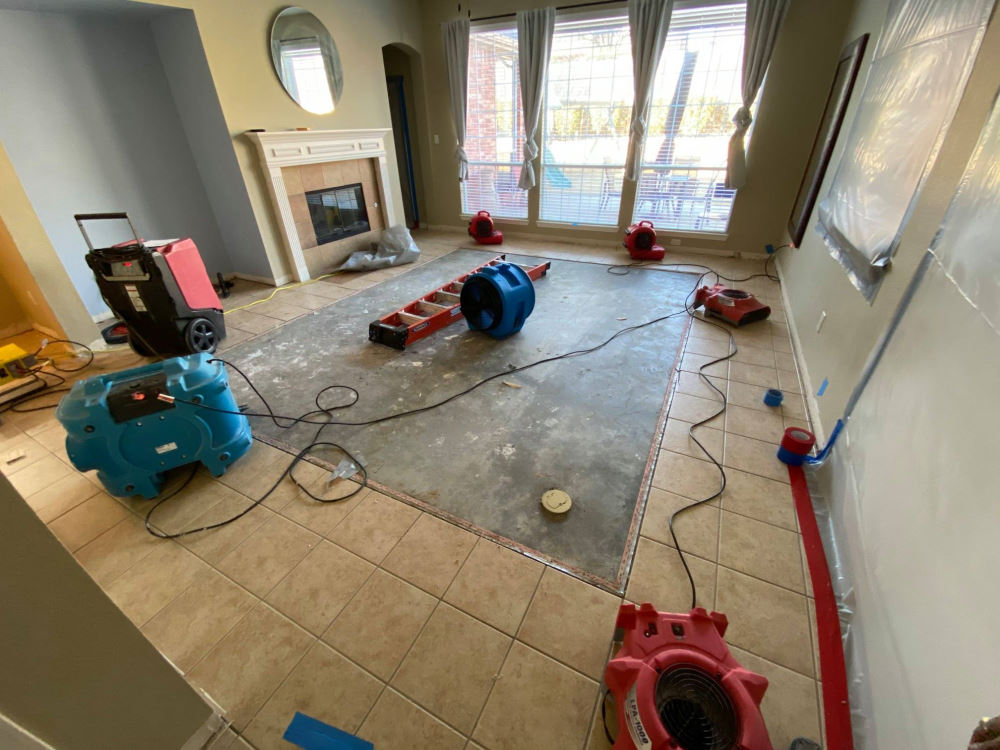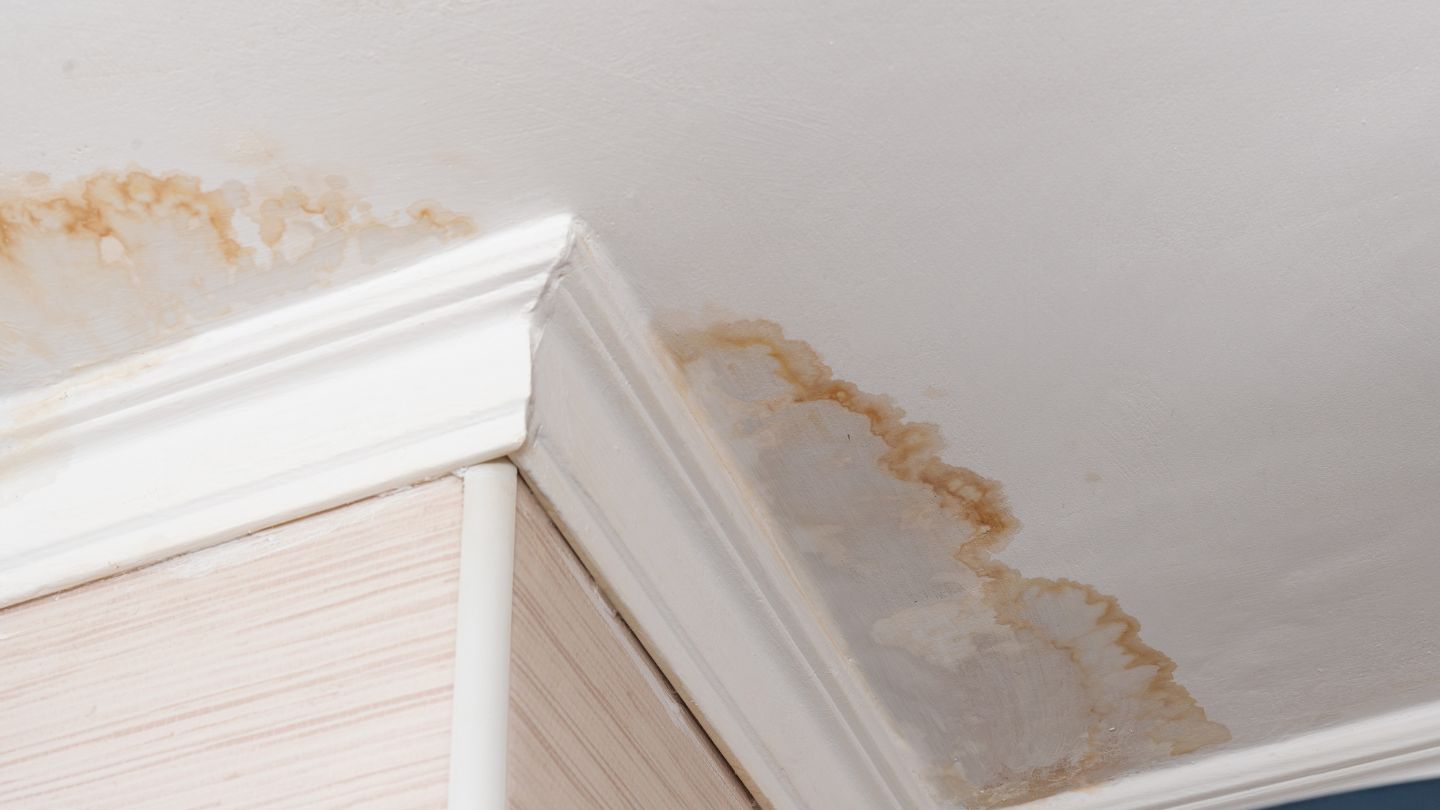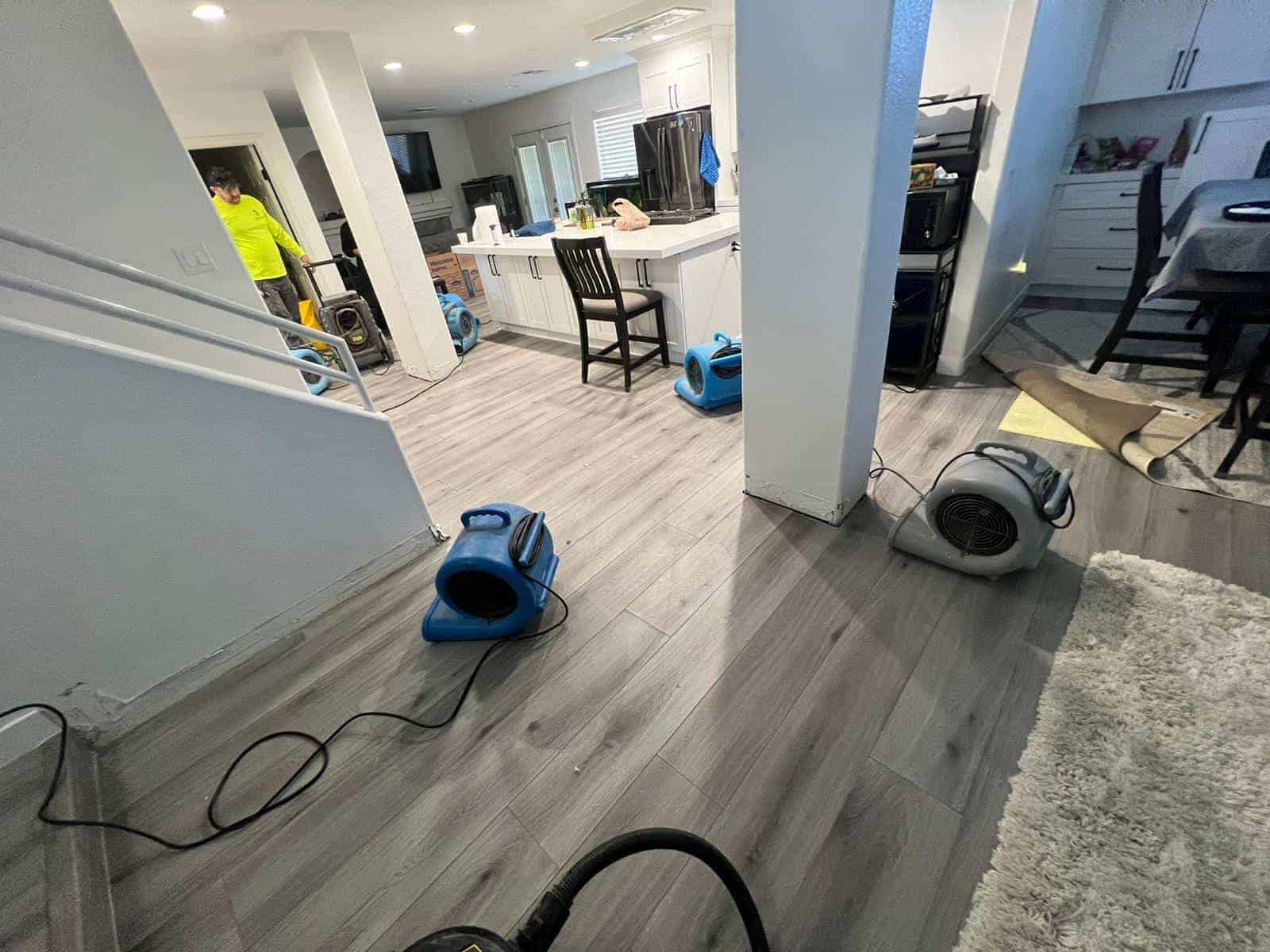Quick Response Emergency Water Leak Repair for Residential and Commercial Needs
The Process of Water Damage Clean-up: Guaranteeing Your Home Is Recovered Effectively
Water damages can be a challenging challenge for house owners, requiring a meticulous and organized cleanup process to restore security and functionality. damage restoration services. Following this, efficient water removal methods play a crucial role in minimizing further injury.
Assessing the Damage
Upon uncovering water damage, the very first step is to completely assess the degree of the influence. This initial examination is crucial, as it assists determine the needed actions for effective clean-up and reconstruction. Begin by inspecting the impacted locations, consisting of wall surfaces, ceilings, floorings, and personal possessions, to identify the source of the water invasion, whether from flooding, leakages, or condensation.
Recording the damages is important for both insurance coverage cases and intending restoration efforts - damage restoration services. Use photos and composed notes to catch the intensity of the damages, keeping in mind any kind of damaged architectural components and products. Pay unique focus to locations that might not be immediately visible, such as behind wall surfaces and under carpetings, as concealed dampness can lead to further problems, including mold growth
Furthermore, assess the timeline of the water exposure. Eventually, a comprehensive evaluation lays the foundation for a successful water damages cleaning procedure, guaranteeing that all impacted locations are resolved successfully and thoroughly.
Water Removal Methods

Experts commonly utilize completely submersible pumps for bigger volumes of water, which can rapidly relieve flooding in cellars or various other affected locations. For smaller sized quantities, wet/dry vacuum cleaners are often used to remove residual wetness from rugs and tough surface areas. In addition, utilizing portable extractors permits for targeted elimination in restricted spaces or locations with fragile products.
In instances of polluted water, such as sewer or floodwater, progressed extraction strategies might involve using biohazard tools to ensure safety and conformity with wellness laws. High-powered removal devices are important in minimizing water retention in structural materials, which can result in mold and mildew development and architectural wear and tear if not attended to promptly.
Inevitably, the effectiveness of water extraction methods plays a crucial role in the overall success of the water damage clean-up process, preparing for subsequent restoration efforts.
Drying and Dehumidification
As soon as standing water has actually been successfully removed, the next vital phase in the water damages clean-up process is drying out and dehumidification. This step is crucial to prevent further damage and mold and mildew growth, which can take place within 24 to two days in wet atmospheres.
To accomplish effective drying, customized devices such as industrial-grade air movers and dehumidifiers is utilized. Air moving companies flow air across damp surface areas, improving dissipation prices, while dehumidifiers lower moisture degrees in the air, promoting a helpful setting for drying. The combination of these tools ensures that moisture look at this site is attracted out from wall surfaces, floorings, and furnishings, enabling them to completely dry extensively.
It is essential to check the drying out process carefully. Professionals commonly utilize moisture meters to evaluate the moisture content in various products, guaranteeing that all affected locations reach acceptable dryness levels. This meticulous method helps to avoid concealed dampness pockets that can cause structural damage or harmful mold growth.

Cleaning and Sterilizing
After the drying out and dehumidification stage is complete, the next vital action in water damage cleaning is cleaning up and disinfecting the influenced areas. This process is critical to avoid the growth of mold and mildew, germs, and other microorganisms that grow in moist settings.
The cleansing phase normally involves getting rid of any kind of debris, dust, and contaminants from surface areas making use of specialized cleaning representatives. For difficult surface areas, a combination of soap and water or commercial cleansing products is frequently employed. Soft materials, such as upholstery and you can find out more rugs, might need a lot more extensive cleansing approaches, including steam cleansing or deep extraction techniques, to make certain comprehensive cleanliness.

Disinfecting follows cleansing, making use of EPA-approved disinfectants to eliminate unsafe bacteria. This step is necessary, particularly in areas that may have entered into call with floodwaters or sewage, as these sources can pose major health risks.
Additionally, it is very important to address any continuing to be smells, which may require using smell neutralizers or advanced strategies like ozone therapy. Appropriate cleansing and sanitizing not just bring back the security and hygiene of your home yet likewise lay the groundwork for effective repair and repairs in succeeding phases of the water damages cleanup procedure.
Remediation and Repair Services

Once the assessment is total, restoration initiatives can begin. Furthermore, flooring may call for comparable attention, depending on the level of water exposure.
It is critical to engage skilled restoration professionals during this process, as they have the proficiency to handle complicated repair services successfully. In addition, they can aid minimize potential future issues, such as mold and mildew growth or structural instability, hence guaranteeing a risk-free and habitable living setting. Ultimately, reliable reconstruction and repairs restore the home's honesty and boost its overall worth.
Conclusion
In final thought, the procedure of water damage cleanup is critical for recovering a home to its pre-damage problem. Each phase, from examining the damages to executing efficient water extraction methods, complied with by detailed drying out, sterilizing, and necessary repairs, plays an essential role in ensuring security and conformity with building requirements. Reliable implementation of these actions not just mitigates prompt damages however also improves the lasting stability and worth of the building.
Water damage can be a difficult obstacle for house owners, requiring a careful and structured cleaning process to restore safety and performance. Inevitably, a comprehensive assessment lays the foundation for a successful water damage cleanup procedure, making certain that all impacted areas are resolved efficiently and extensively.
Reliable water basics removal techniques are essential in reducing damages and protecting against further issues adhering to a water breach occasion.In conclusion, the process of water damage clean-up is important for recovering a home to its pre-damage problem. Each stage, from assessing the damage to applying reliable water extraction strategies, adhered to by detailed drying out, sterilizing, and required repair services, plays an essential role in ensuring safety and compliance with structure criteria.